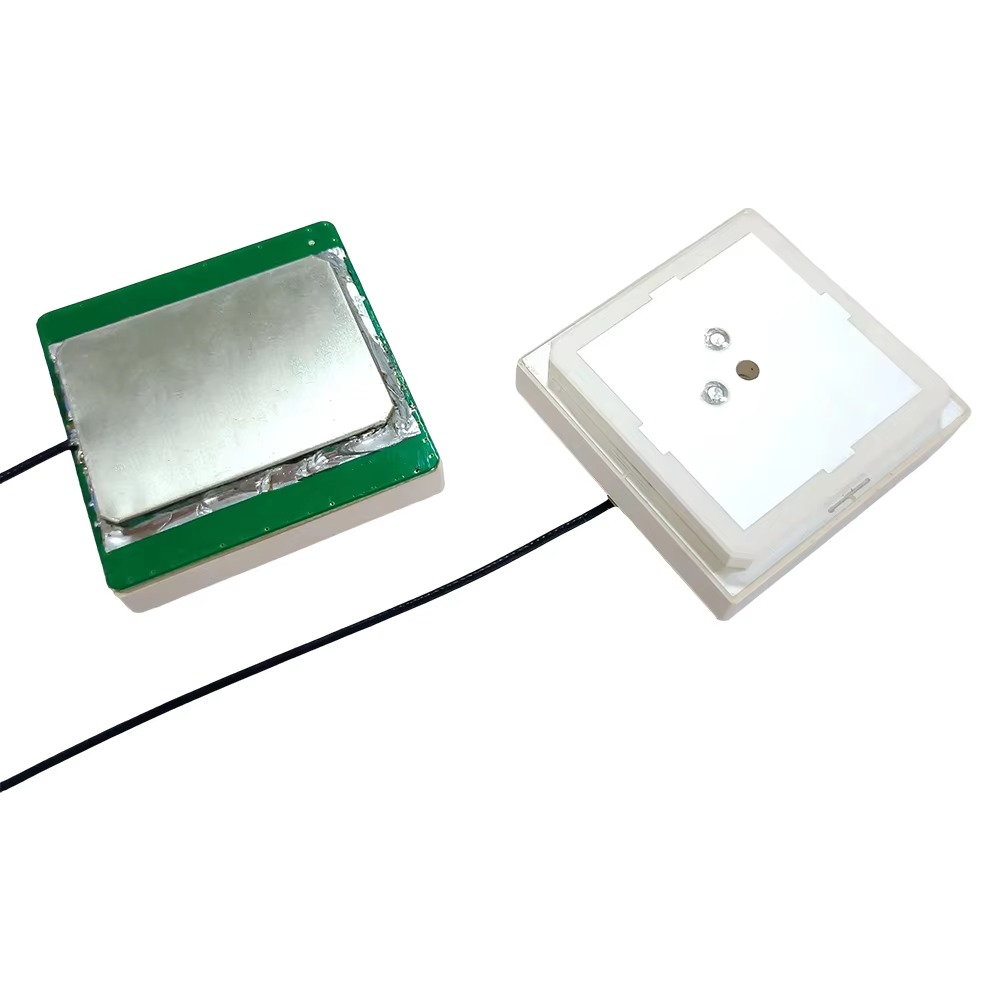5.1 Current Applications
5.1.1 Geospatial Surveying and Mapping
High - stability GPS RTK antennas are extensively used in geospatial surveying and mapping. Surveyors use these antennas to create accurate maps of land areas. They can precisely measure the coordinates of points on the ground, which is essential for activities such as property boundary determination, topographic mapping, and infrastructure planning. In large - scale mapping projects, high - precision RTK antennas can significantly reduce the time and effort required to collect accurate data, compared to traditional surveying methods.
5.1.2 Precision Agriculture
In the agriculture sector, high - stability GPS RTK antennas enable precision farming. Tractors and other agricultural machinery can be equipped with these antennas to achieve accurate guidance. This allows farmers to precisely apply fertilizers, pesticides, and water, reducing waste and increasing crop yields. For example, in variable - rate fertilization, the antenna - equipped machinery can adjust the amount of fertilizer applied based on the specific needs of different areas of the field, as determined by soil sensors and GPS - based mapping.
5.1.3 Autonomous Vehicles
Autonomous vehicles rely on high - precision positioning to navigate safely. High - stability GPS RTK antennas provide the centimeter - level accuracy required for self - driving cars to know their exact position on the road. This is crucial for tasks such as lane - keeping, collision avoidance, and intersection navigation. In addition to cars, these antennas are also used in autonomous trucks, buses, and even some agricultural and construction vehicles that are being developed for autonomous operation.
5.2 Future Trends
5.2.1 Integration with Other Technologies
In the future, high - stability GPS RTK antennas are likely to be integrated more closely with other technologies. For example, they may be combined with inertial measurement units (IMUs) to provide more continuous and reliable positioning. IMUs can measure acceleration and angular rate, and when integrated with GPS, they can fill in the gaps when GPS signals are temporarily lost, such as in tunnels or dense urban areas. Additionally, integration with Wi - Fi, Bluetooth, and cellular communication technologies may enable more seamless data transfer and real - time updates for the RTK systems.
5.2.2 Miniaturization and Improved Power Efficiency
There is a growing trend towards miniaturization of high - stability GPS RTK antennas. As more devices, such as wearable technology and small - scale drones, require precise positioning, smaller and more lightweight antennas are needed. Manufacturers are working on developing new materials and designs to achieve this miniaturization without sacrificing performance. At the same time, improving power efficiency is also a key area of focus. Lower - power - consuming antennas will extend the battery life of portable devices and reduce the energy requirements of larger systems, making them more sustainable and cost - effective.
5.2.3 Enhanced Signal Processing and Anti - Interference Capabilities
Future high - stability GPS RTK antennas are expected to have even more advanced signal processing capabilities. This will involve the development of more sophisticated algorithms to further improve multipath rejection, noise reduction, and interference mitigation. With the increasing use of wireless technologies in the environment, the ability of the antenna to operate in the presence of various types of interference will become even more critical. New techniques such as adaptive beamforming, where the antenna can adjust its radiation pattern in real - time to focus on the desired satellite signals and reject interference, are likely to be more widely implemented.
Conclusion
High - stability GPS RTK antennas have revolutionized the field of positioning and navigation. Their ability to provide high - precision, reliable positioning in a variety of applications has made them indispensable in modern technology. Through their unique design and construction, they are able to efficiently receive satellite signals, perform accurate carrier - phase and pseudorange measurements, and reject multipath interference.
Despite the challenges they face, such as environmental interference, high cost, and complex setup, the advantages of these antennas far outweigh the drawbacks. Their applications in geospatial surveying, precision agriculture, autonomous vehicles, and many other fields have significantly improved efficiency, accuracy, and productivity.
Looking to the future, the development of high - stability GPS RTK antennas is expected to continue in the direction of integration with other technologies, miniaturization, improved power efficiency, and enhanced signal processing capabilities. As technology advances, these antennas will play an even more significant role in enabling new and innovative applications that require precise positioning. With ongoing research and development, high - stability GPS RTK antennas are set to drive further advancements in the fields of navigation, surveying, and a wide range of industries that rely on accurate location information.




































































 Language
Language
 En
En Cn
Cn Korean
Korean

 Home >
Home > 







 18665803017 (Macro)
18665803017 (Macro)













